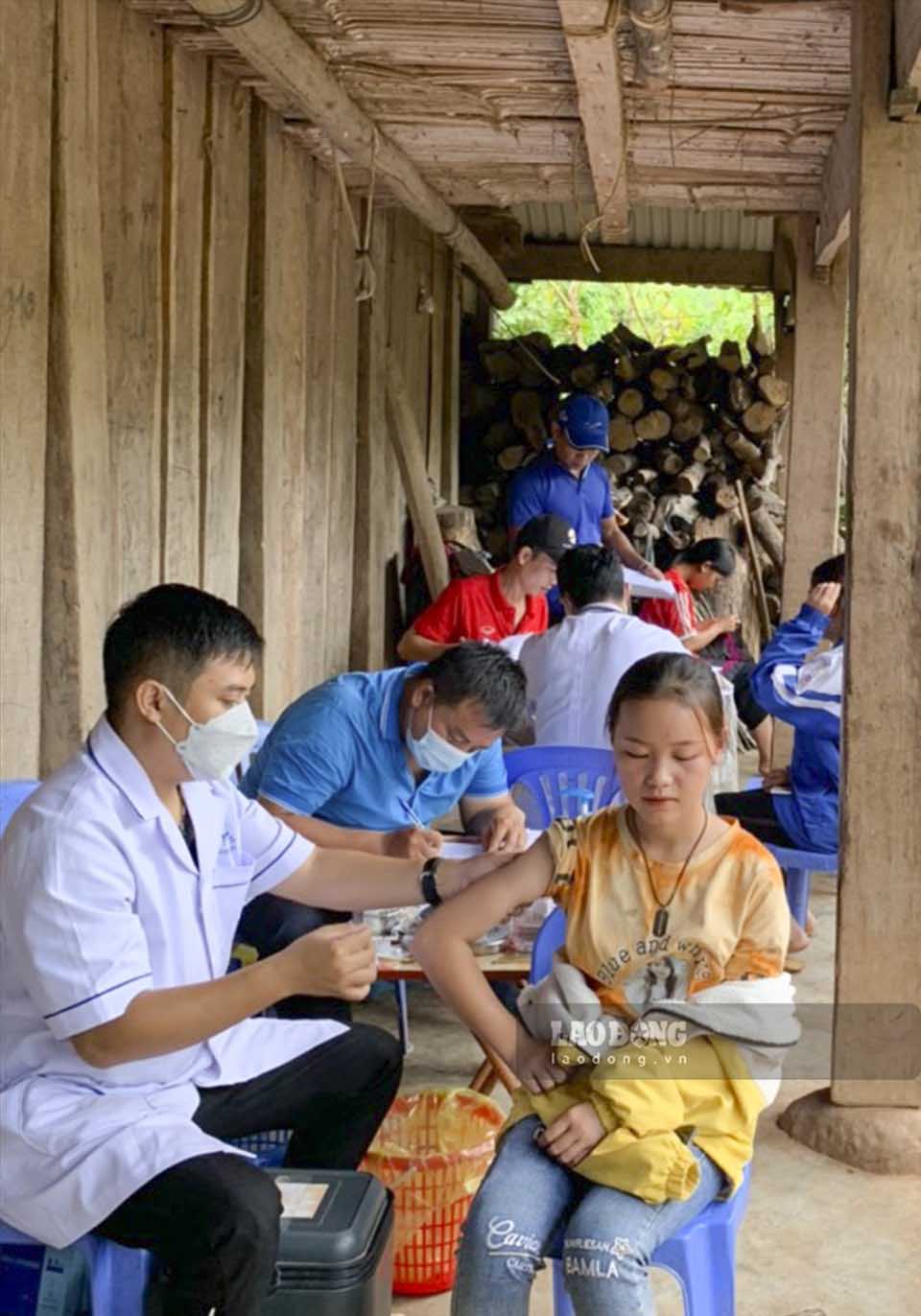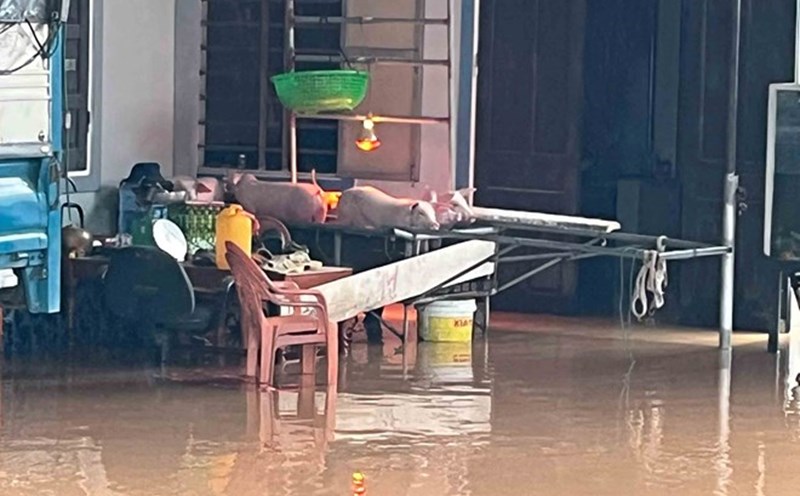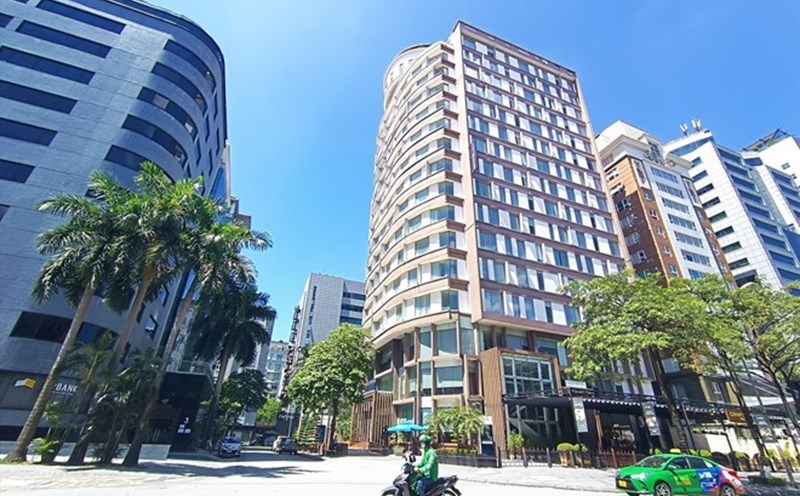Currently, the whole province of Dien Bien has 10 districts, towns and cities, along with 129 communes. After organizing and arranging the apparatus according to the 2-level local government model, from June 30, the operation of 10 district-level administrative units will end. Along with that, 129 communes, wards and towns will be merged to establish 45 new communes and wards under the province, corresponding to 45 commune-level administrative units.
In addition to arranging 100% of district-level cadres to communes, many people are currently having the same question: how will district-level health facilities be mobilized? How will commune-level health stations operate after the merger?
On 24.5, talking to the Lao Dong Newspaper reporter, Mr. Pham Giang Nam - Director of Dien Bien Department of Health said that in arranging the apparatus under the model of the local government 2 levels, the Dien Bien Health sector was not affected much because at present, the entire district health center is still under the Department of Health. For some provinces, these centers are under the district People's Committee, so the arrangement will have to be more complicated.

Therefore, in Dien Bien, after the end of the district-level government's operation, the district health centers will basically keep the entire operating apparatus, facilities and functions; only change the name to the regional health center.
"The existing commune health stations will basically be kept intact to continue operating. In particular, health stations with new commune headquarters will be gradually invested in to improve medical examination and treatment capacity. The health stations in the merged communes will become medical examination and treatment points to ensure timely health care for the people" - Mr. Pham Giang Nam said.
According to Mr. Nam, the Politburo is currently drafting a Resolution on a breakthrough in people's health care, meeting the requirements of national development in the new era. Accordingly, grassroots health care (commune health stations) will have the same function as current district-level hospitals and health centers.

The draft resolution requires urgent improvement and focus on improving the comprehensive capacity of the health sector organization system, especially grassroots health care and preventive medicine to ensure compliance with the 2-level local government organization model, ensuring effective linkage and support between levels of the health system.
Accordingly, grassroots health care (commune health stations) will be organized according to the model of public service units under the Department of Health, with the task of providing primary health care for people in the area, especially in areas with difficult and extremely difficult socio-economic conditions.
Medical staff performing their duties for a limited period of time and a mechanism for rotation and rotation to work at grassroots health facilities are supported by the state budget for training costs, housing allocation, travel support and attraction policies for remote areas. There is a mechanism to support and maintain the medical staff in villages and hamlets.
"According to the draft resolution, in the future, commune health stations will have functions and tasks equivalent to the current district health centers. However, currently, the staff, medical equipment and facilities cannot meet the requirements, so maintaining regional medical centers is still necessary in the current period" - Director of Dien Bien Department of Health added.











